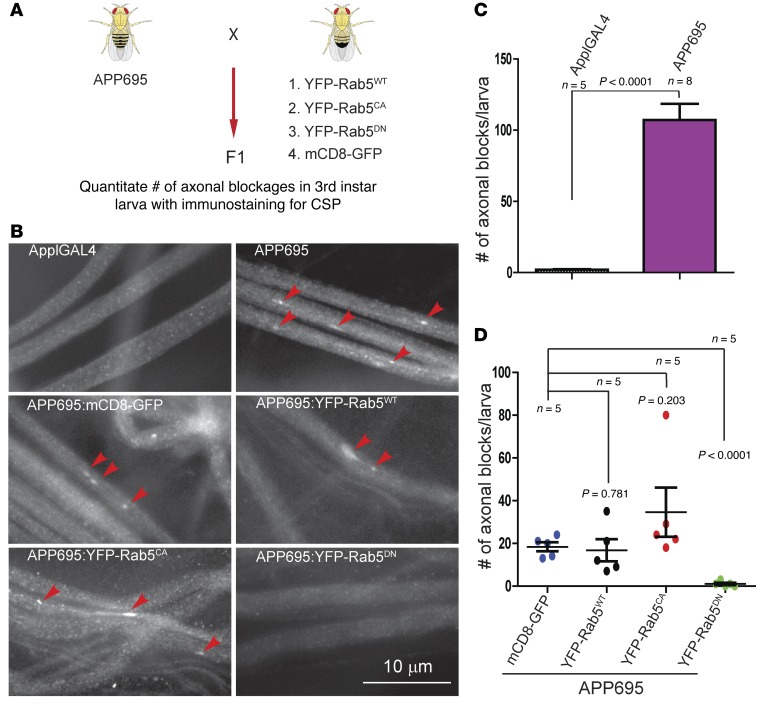Figure 12. Expression of dominant-negative Rab5 suppressed APP-mediated axonal blockages in Drosophila larval segmental nerves.
(A) Schematic of APP strain with stains that express different Rab5 constructs as well as mCD8 as the control. (B) Axonal blocks (arrowheads) in representative images of Drosophila third instar larval segmental nerves, immunostained with the synaptic vesicle marker cysteine string protein (CSP). Control (ApplGAL4) larvae show smooth CSP staining in larval segmental nerves, indicating no axonal transport defects (top left). Expression of human APP695 causes a severe axonal blockage phenotype (top right). The average number of axonal blocks/larva is shown in C. Coexpression of human APP695 with membrane-bound mCD8-GFP also shows axonal blockages in larval segmental nerves (B, middle left, arrowheads), which was used as a control for the effect of protein overexpression on axonal blockages. Representative images for larval segmental nerves resulted from the cross between human APP695 with wild-type YFP-Rab5WT (middle right), constitutively active YFP-Rab5CA (bottom left), or dominant-negative YFP-Rab5DN (bottom right). Axonal blockages (arrowheads) were quantitated within the entire larvae for each genotype, and the average number of axonal blocks for each genotype is shown in D. Expression of YFP-Rab5DN with APP695 significantly reduced the amount of axonal blocks as compared with larvae expressing human APP695 with mCD8-GFP (P < 0.0001, Student’s t test). Data represent mean ± SEM. Scale bars: 10 μm.

